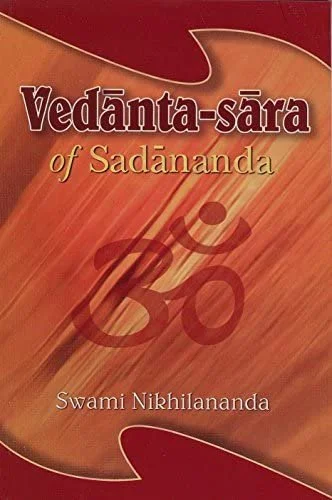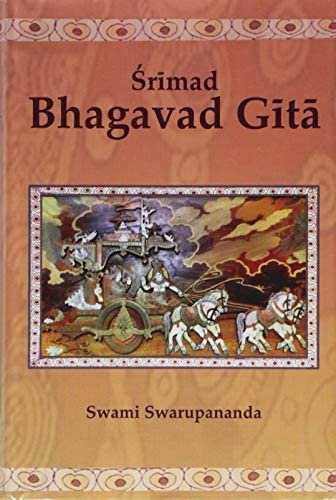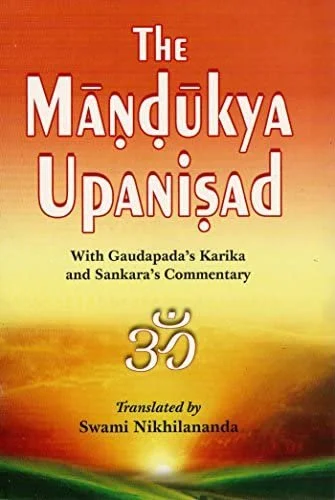Lectures on Scriptures
Given by Swami Sarvapriyananda
Drg Drsya Viveka
A major work of Adi Shankaracharya on Advaita philosophy. The central theme of the book is the identity of the Individual self with the Universal Self. In other words, we as individuals are the Universal Self. The goal of life is to realize this truth.
Aparokshanubhuti
The Aparokshanubhuti is a famous work attributed to Adi Shankaracharya. It is a popular introductory work that expounds Advaita Vedanta philosophy. It describes a method that seekers can follow to directly experience the essential truth of one's nature.
Vedantasara
While not discarding faith in any religion, Vedanta rests ultimately on the light of reason, or Buddhi, giving it a natural appeal to rationally inclined people the world over. 'Vedantasara' is one of the best known examples of the philosophy of the Upanisads as taught by Sankaracarya. It is truly the essence of Vedanta.
Bhagavad Gita (Ongoing)
The Shrimad Bhagavad Gita, often referred to as the Gita, is a 700-verse Hindu scripture that is part of the epic Mahabharata, dated to the second half of the first millennium BCE and is is considered to be one of the holy scriptures for Hinduism. Lectures uploaded weekly to the collection.
Mandukya Upanishad
The theme of the Mandukya Upanishad is an exposition of the Mystic Syllable, Om, with a view to training the mind in meditation, for the purpose of achieving freedom, gradually, so that the individual soul is attuned to the Ultimate Reality.
Katha Upanishad
The scripture concerns the story of a young man who goes to the house of death to find out what happens after death. The reply describes the nature of reality and the meaning of life. This scripture is one of the most popular Upanishads. Lectures uploaded weekly to the collection.
Gospel of Sri Ramakrishna
The Gospel of Sri Ramakrishna as translated by Swami Nikhilananda offers the reader a penetrating view into the spiritual wisdom of India. On account of his deep mystical experiences and constant absorption in God, Sri Ramakrishna (1836 - 1886) is regarded as being of the stature of Krishna, Buddha, and Christ.







